#caryophyllaceae
Text
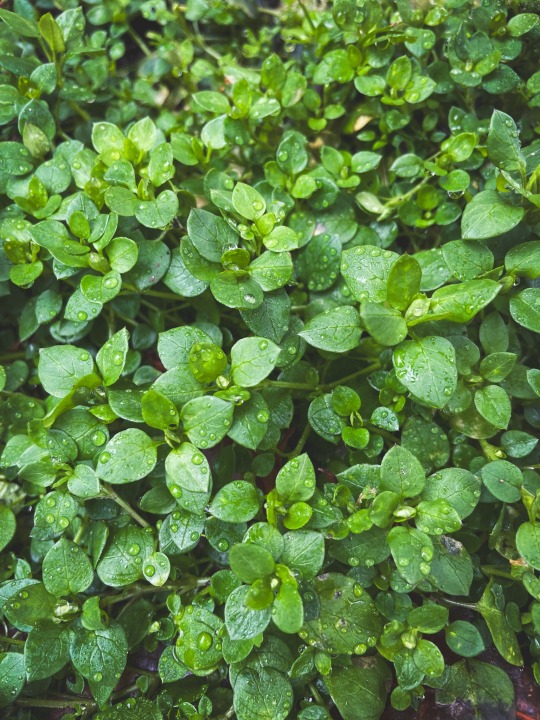
Stellaria media, or chickweed, is often considered a nuisance or just something to throw to the chickens when found outside of its native habitat (Eurasia).
WELL I’m here to tell you that you are missing out on this actually delicious plant. It’s one of my favorite spring greens to eat raw. I pile it on top of sandwiches and use it in salads. It tastes like oak leaf lettuce with a dash of sweetness similar to corn.
Think about this FREE salad ingredient next time you’re looking at a $3 bag of wilty spring mix
#stellaria media#chickweed#plantblr#eat the weeds#foraging#edible plants#you can find it in gardens and farmland most often#or any disturbed soil with some richness going on#i took this photo yesterday morning so she's OUT THERE#at least in the northeastern us#caryophyllaceae#food plants#los plantalones#farmland
226 notes
·
View notes
Photo

Deptford Pink
Dianthus armeria
Caryophyllaceae
Photograph taken on September 23, 2022, at Marmora and Lake, Ontario, Canada.
#wildflowers of southern ontario#Deptford Pink#pink#Dianthus armeria#Dianthus#Caryophyllaceae#Marmora and Lake#Marmora#Ontario#Canada#wildflowers#wildflower#flowers#flora
92 notes
·
View notes
Text

Fire Pink
Silene virginica
A perennial catchfly native to central and eastern North America. The bright, fiery red flowers attract ruby-throated hummingbirds to pollinate them, and sticky sepals and stems on the plant act as a trap for small insects trying to climb up it, hence the name "catchfly" for plants in this genus. It prefers somewhat dry soils and part-sun, so it can be found on rocky slopes in open woodlands, savannas, and other similar habitats.
I found this fire pink growing in open, rocky woods near blackjack oaks and other drought-tolerant species.
April 18th, 2024
St. Francois County, Missouri, USA
Olivia R. Myers
@oliviarosaline
#botany#silene#Silene virginica#catchfly#catchflies#Caryophyllaceae#plants#flower photography#plant photography#nature photography#the ozarks#Missouri#nature#wildflowers#woods#forest#naturecore#ozarks#flowers#red flowers#forestcore#naturalist#hummingbird flowers#native plants#native flowers#fairycore#spring#summer#hiking missouri#red
39 notes
·
View notes
Text
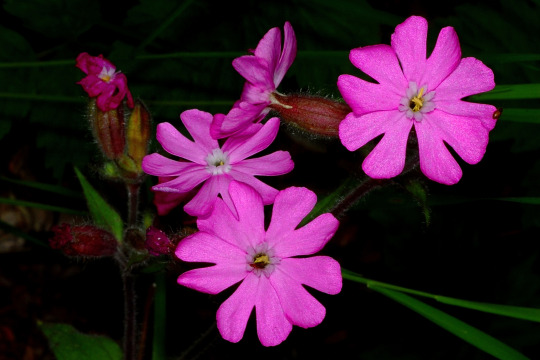
S – Silene dioica (L.) Clairv. – Silene dioica (Caryophyllaceae)
29 notes
·
View notes
Text
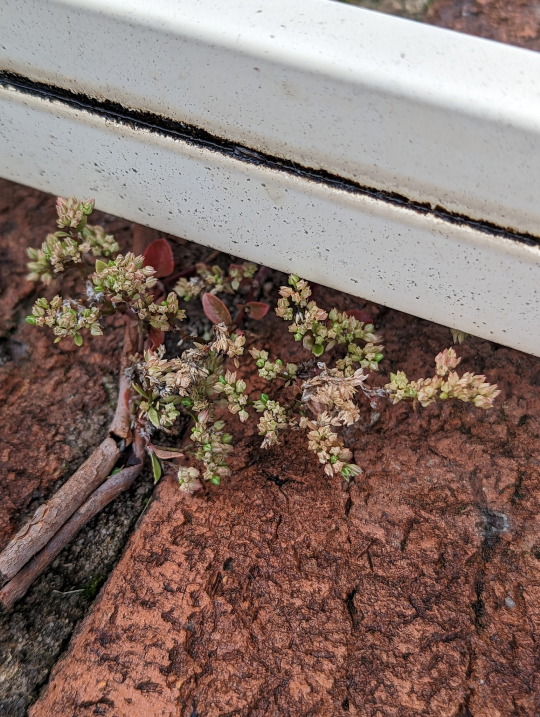
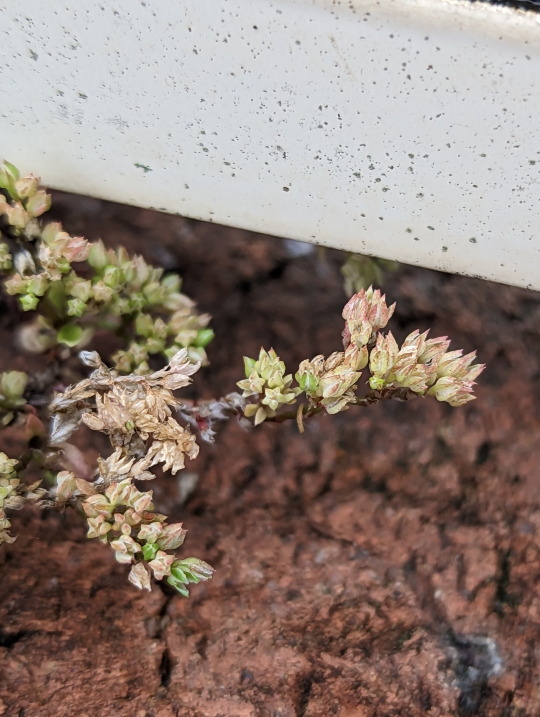



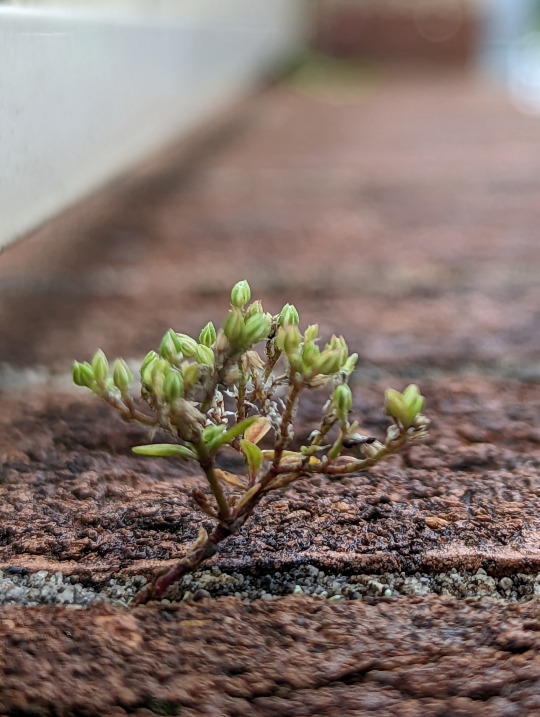
Polycarpon Plants
Polycarpon tetraphyllum
22/03/23 - NSW
#Caryophyllaceae#Caryophyllales#Magnoliopsida#dicots#Angiospermae#Flowering Plants#angiosperms#Tracheophyta#Vascular Plants#Plantae#plants#Polycarpon tetraphyllum
12 notes
·
View notes
Photo
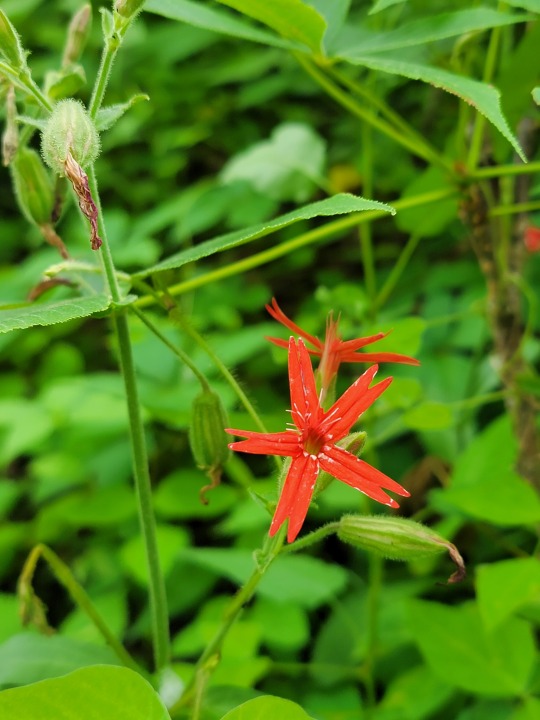
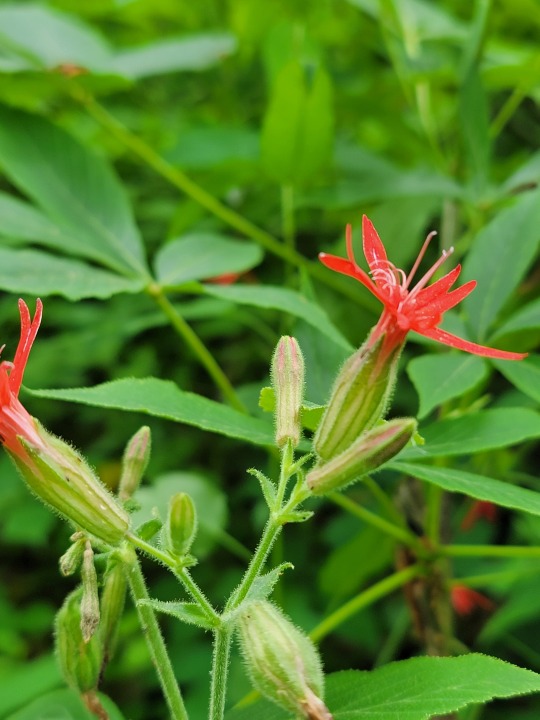
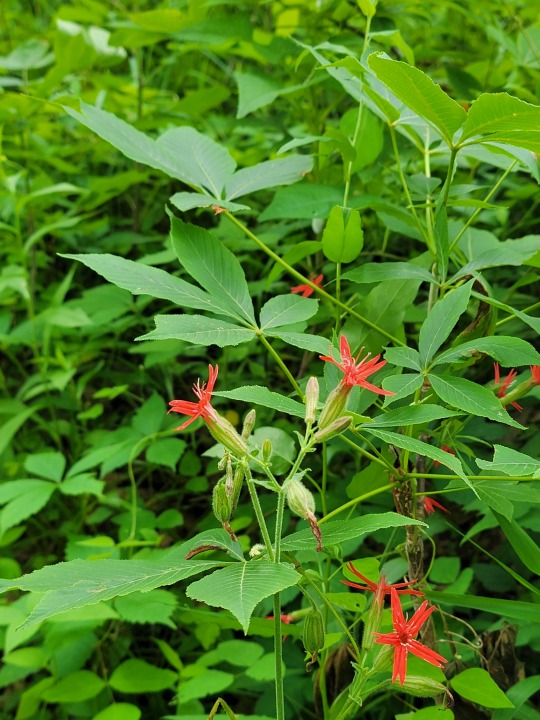
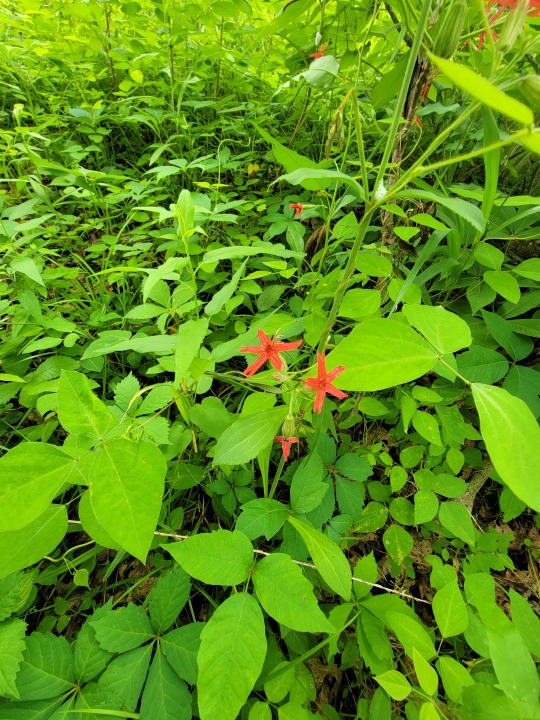
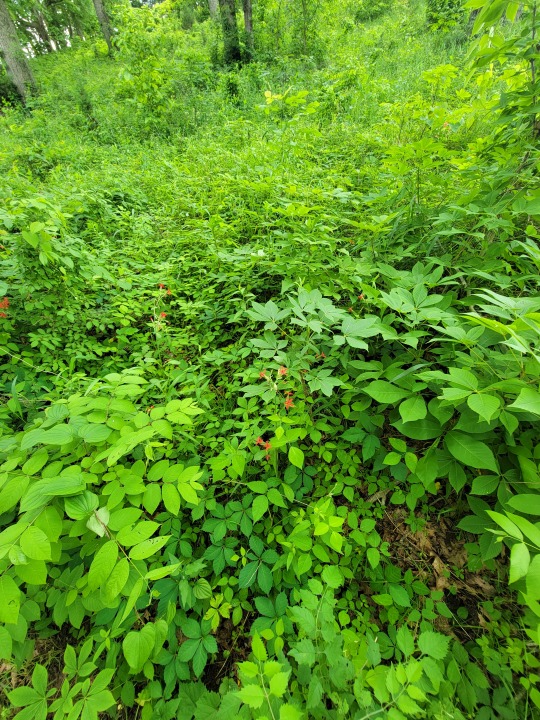
Silene virginica
Along a rocky road cut in an open woodland near Falmuth KY on our way back from a job.
Virginia Catch fly, more of a woodland/sav species compared to the largest species known as Royal catch fly. I also feel like this species is much more common overall. The common name “catch fly” refers to it’s ability to trap small flys and other small insects along it’s entire stem, the largest glands are associated with the sepals and they have more glands the higher you go. The glands on royal catchfly tend to trap more insects overall in compared to any other species. Royal Catch Fly was even considered to be a potential species to be monitored for protocarnivory; however, the glands that are present do not exude protease nor do they have similar enzyme groups that could potentially systematically break down proteins or aid in overall digestion. The sites that these species live in tend to have very nutrient rich or complex soils as well which may mean that the biological and abiotic pressures involved to evolve these characteristics are not present to force such needs over evolutionary time. There could always be a development in some populations of Silene spp. that could occur over an extended time and this family, Caryophyllaceae, is known for carnivory.
With all that said the glands on these plants do act as stabilizers to keep these plants erect and upright.
#Silene virginica#Silene#botany#wildflowers#kentucky#plantblr#protocarnivory#caryophyllaceae#evolution#ecology
33 notes
·
View notes
Text
Ragged-robin (Silene flos-cuculi) wildflower photo I took 19/07/2023, Askham Bog, North Yorkshire, UK
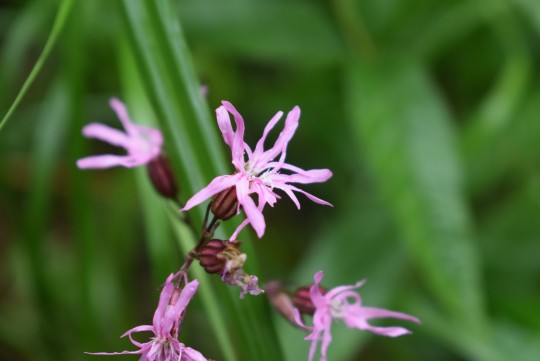
#nature#nature photography#british nature#wild#silene#campion#pink flowers#pink#caryophyllaceae#caryophyllales#pink family#wildflower photography#wildflower#wildflora#wildflowers#wild flowers#wild flower plants#wild plant#plant#plants#plant photography#botany#flower#flowers#flower photography#wild plants#flora#pink floral#botanical#plantblr
6 notes
·
View notes
Photo
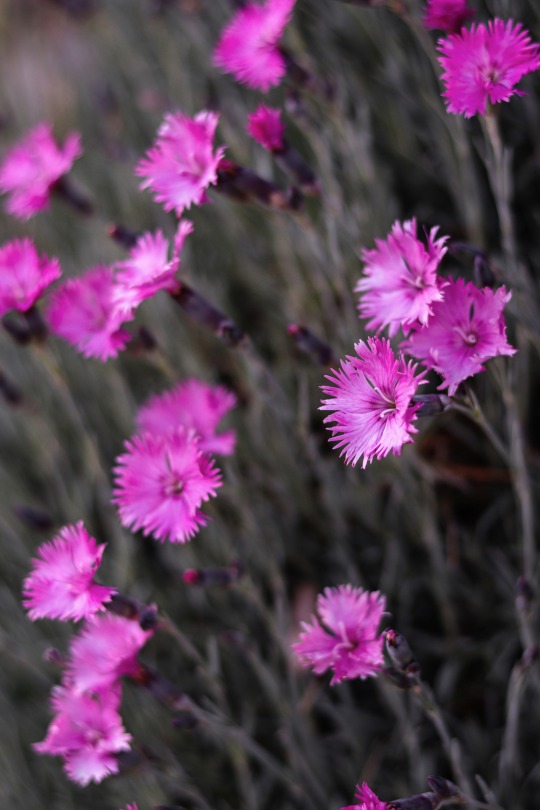
..
#flowercore#plantblr#gardening#cottagecore#nature photography#caryophyllaceae#flowers#blumen#original photography#caryophyllales#garden#garten#original photographers#natur in deutschland#nature#natur#flower#blume#plants#pflanzen#pink#rosa#carnation#nelke#botany#botanik#botanical#botanisch#plant#pflanze
24 notes
·
View notes
Photo


Dianthus ‘Scent First Coconut Surprise’
Plants in Dianthus are well-known for the garden plants and cut flowers commonly referred to as carnations or pinks. This diminutive cultivar. with the odd cultivar name of ‘Scent First Coconut Surprise’, is a new addition at the Ruth Bancroft Garden, so we will see just how drought-tolerant it proves to be. Dianthus belongs to the family Caryophyllaceae.
-Brian
33 notes
·
View notes
Video
Saponaria ocymoides by Giuliano Da Zanche
Via Flickr:
Saponaria ocymoides (Caryophyllaceae) (111 22 Saponaria ocymoides is a species of semi-evergreen perennial flowering plant belonging to the family Caryophyllaceae, native to southwestern and southern central Europe. This species ranges from the mountains of Spain to Corsica, Sardinia, and Slovenia, from the Apennines to the Alps. It grows in rocky and stony places, on dry slopes, and in forests (especially pine forests). It prefers calcareous soils, at an altitude of up to 1,500 meters, rarely up to 2,400 meters. Reaching a height of 10–40 centimeters, the stem is prostrate to ascending, woody, reddish, quite hairy, and very branched. The leaves are ovate to lanceolate, sessile, and hairy, 1–3 cm long. The five-petalled flowers are arranged in groups at the ends of branches. They have red or pink (rarely white) petals and blue anthers Source: Wikipedia.
3 notes
·
View notes
Text
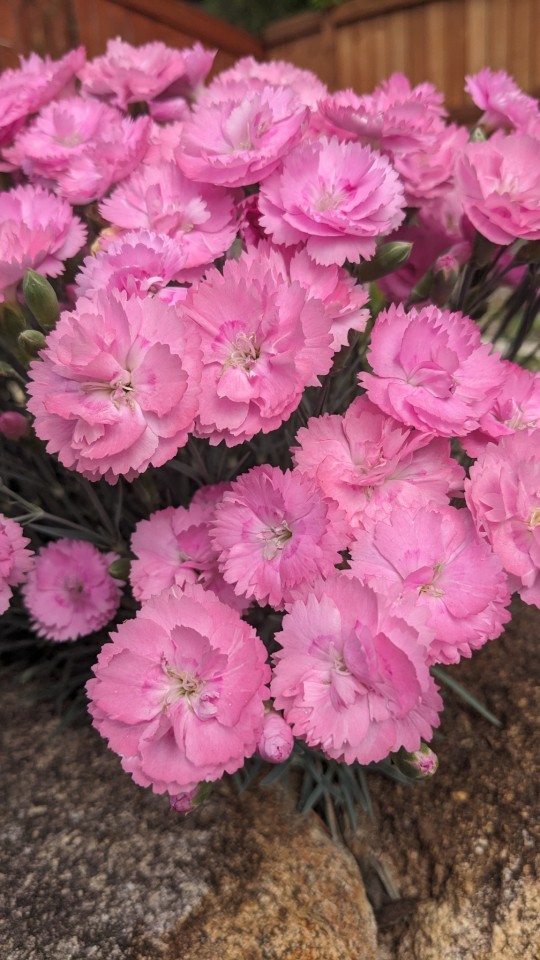
Dianthus caryophyllus / Carnations
#The carnations were bountiful beautiful and fragrant this morning so I had to share#Dianthus#Dianthus caryophyllus#caryophyllaceae#Carnation#Carnations#Plants#Flowers#Nature photography#photographers on tumblr#Durham#Durham NC#North Carolina#Home
1 note
·
View note
Text
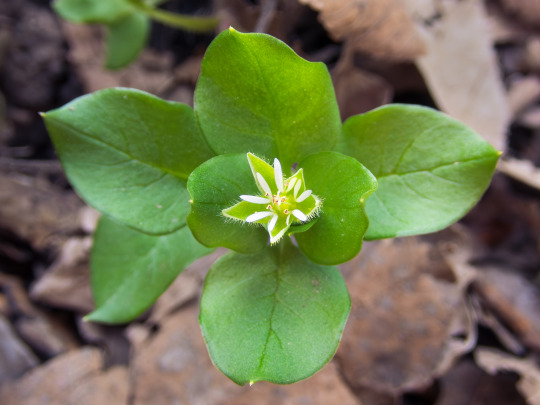
Scientific Name: Stellaria media
Common Name(s): Common chickweed
Family: Caryophyllaceae (pink, carnation)
Life Cycle: Annual or short-lived perennial
Leaf Retention: N/A
Habit: Forb
USDA L48 Native Status: Introduced
Location: Plano, Texas
Season(s): Winter
#Stellaria media#common chickweed#chickweed#Caryophyllaceae#annual#forb#introduced#Plano#Texas#winter#flower#white#plantblr
1 note
·
View note
Text
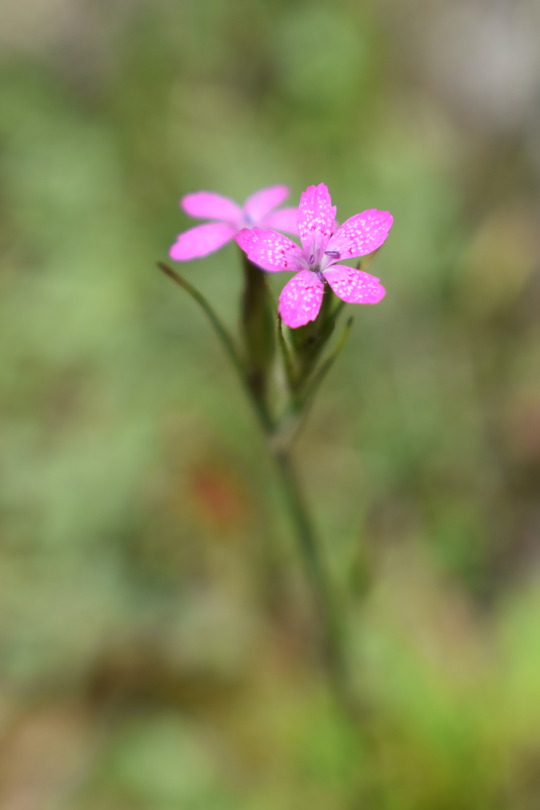
Deptford Pink
Dianthus armeria
Caryophyllaceae
Photograph taken on July 21, 2023, at Mono Cliffs Provincial Park, Mono, Ontario, Canada.
#wildflowers of southern ontario#pink#Deptford Pink#Dianthus armeria#Dianthus#Caryophyllaceae#Mono#Mono Cliffs#Mono Cliffs Provincial Park#provincial park#Ontario#Canada#flora#wildflowers#flowers#wildflower
8 notes
·
View notes
Text
Mosquitinho ou Gypsophila Paniculata

Nome Científico - Gypsophila paniculata
Nomes Populares - Mosquitinho, Branquinha, Cravo-de-amor, Gipsofila, Véu-de-noiva
Família - Caryophyllaceae
Categoria - Flores Perenes
Clima - Continental, Mediterrâneo, Oceânico, Subtropical, Temperado, Tropical
Origem - Europa
Altura - 0.6 a 1.2 metros
Luminosidade - Sol Pleno
Ciclo de Vida - Perene
https://youtu.be/uR0XDUiQWWc
Sobre o Mosquitinho
O Mosquitinho ou Gypsophila Paniculata como são denominados cientificamente essas pequeninas flores brancas.
A Gypsophila Paniculata é uma planta angiospérmica (planta que se caracteriza por apresentarem flores na sua composição), que tem nas suas pequeninas flores brancas o seu maior destaque.
Devem ser cultivadas a pleno sol, em solo fértil composto de terra de jardim e terra vegetal, drenável.
Exige ainda regas regulares e reforma anual dos canteiros.
Aprecia o clima frio e floresce no final do Inverno e na Primavera.
Multiplica-se por sementes.
O Mosquitinho é uma espécie vegetal bastante utilizada como flor de corte, servindo para a confeção de arranjos e bouquets de flores, destacando-se pela sua grande beleza, por isso é muito usada na decoração de casamentos.
O Mosquitinho é uma planta perene, isto é, possui um ciclo de vida longo.
Normalmente, o Mosquitinho é uma planta bienal (possui um ciclo de vida de dois anos), contudo ela normalmente é cultivada como anual, para que seja mantida sua beleza e vigor, para que a confeção de arranjos florais e bouques sejam feitas com flores mais bonitas e vivas.

Os ramos da Branquinha caracterizam-se por serem muito finos e apresentarem muitas flores.
Deve ser cultivado em boas condições de luminosidade, por isso deve ser plantado em locais que fiquem expostos ao sol, preferencialmente sob o sol pleno.
O solo ideal para o cultivo da Gypsophila Paniculata é o fértil, composto por uma mistura de terra vegetal com terra de jardim e que possua uma boa capacidade de drenagem.
Os solos devem ser porosos e leves, e com boa profundidade.
Nos canteiros, deve ser plantado no Outono, para que a planta floresça durante os meses de Inverno e Primavera.
São indicados solos porosos e leves, sem possibilidade de encharcamento.
O mosquitinho também tem preferência pelos terrenos ricos em matéria orgânica e profundos, com 30 a 50 centímetros.
Como cultivar
Para sementeira no solo, marque linhas distantes 10 centímetros umas das outras e coloque uma semente a cada 3 a 4 centímetros.
Em bandejas e copinhos, usa-se uma semente por célula. Leva de oito a dez dias para germinar e, depois de 20 dias ou com 10 centímetros de altura, as mudas estão prontas para o transplante.
A semeadura no plantio direto é feita em sulcos distanciados em 80 centímetros, deixando-se, após desbaste, um espaço de 50 centímetros entre as plantas de crescimento indeterminado e de 40 centímetros para as de crescimento determinado.
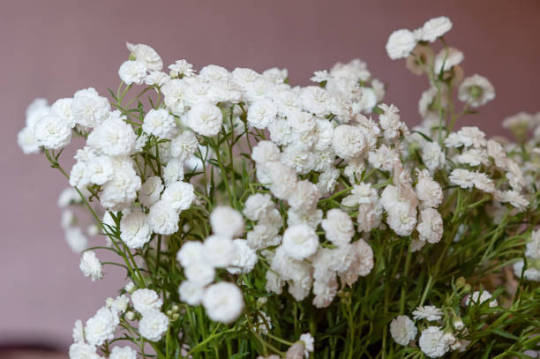
Também conhecida como Cravo-de-amor
O processo de reprodução vegetativa de dispersão das sementes consiste em pegar as sementes que foram geradas pela planta, e espalhar as mesmas em locais apropriados para o cultivo.
Quando as sementes são espalhadas, elas necessitam de cuidados e condições adequadas para que possam germinar e gerar uma nova espécie do Mosquitinho.
A semente do Mosquitinho deve ser plantada na Primavera e no Verão, e ela normalmente germina em um período de 07 (sete) a 21 (vinte e um) dias.
Mais info: https://pt.wikipedia.org/wiki/Gypsophila
Read the full article
1 note
·
View note
Text
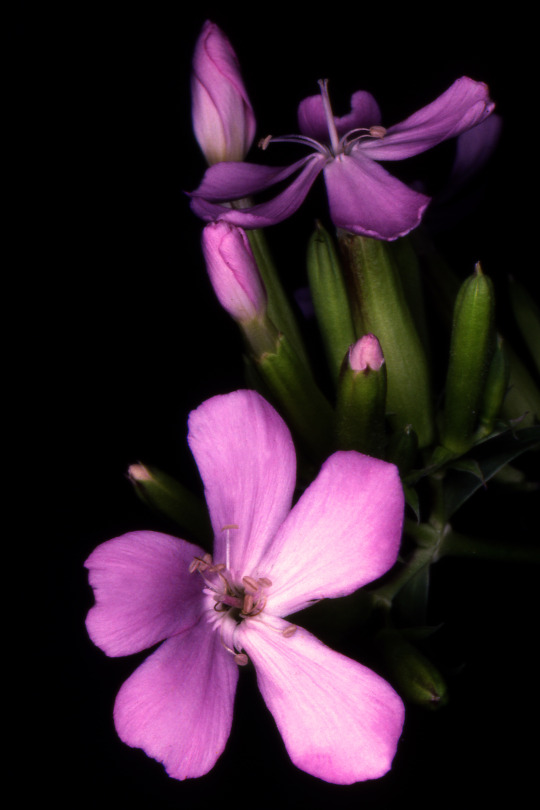
S – Saponaria officinalis L. – Saponaria comune (Caryophyllaceae)
29 notes
·
View notes
Photo
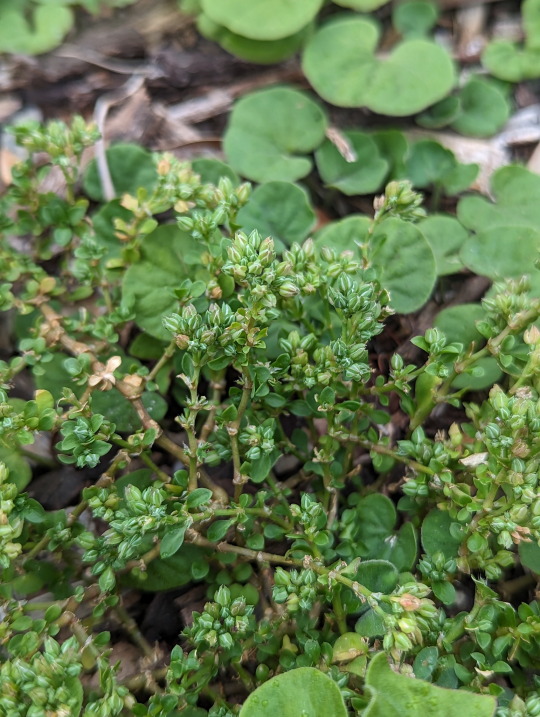
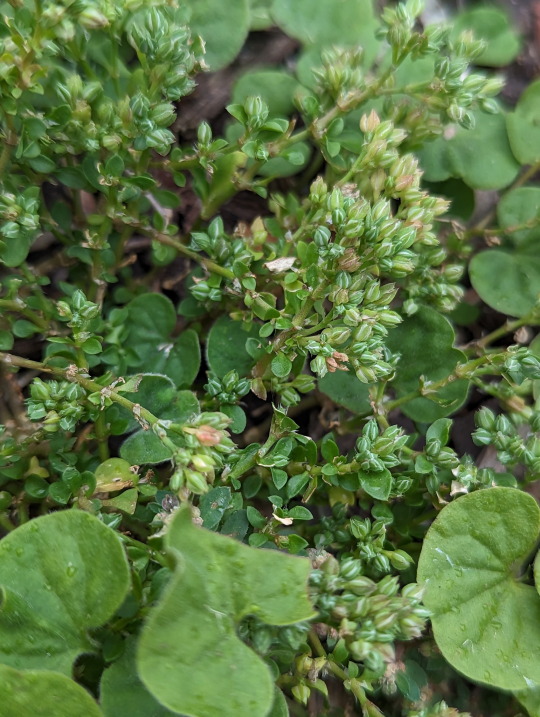


Fourleaf Manyseed
*The smaller plant, not the one with the large leaves
Polycarpon tetraphyllum
20/03/23
#Polycarpon tetraphyllum#Fourleaf Manyseed#Caryophyllales#Caryophyllaceae#Pink Family#Magnoliopsida#Dicots#Angiospermae#Flowering Plants#Tracheophyta#Vascular Plants#Plantae#Plants#botany#botanology#angiosperms
3 notes
·
View notes
